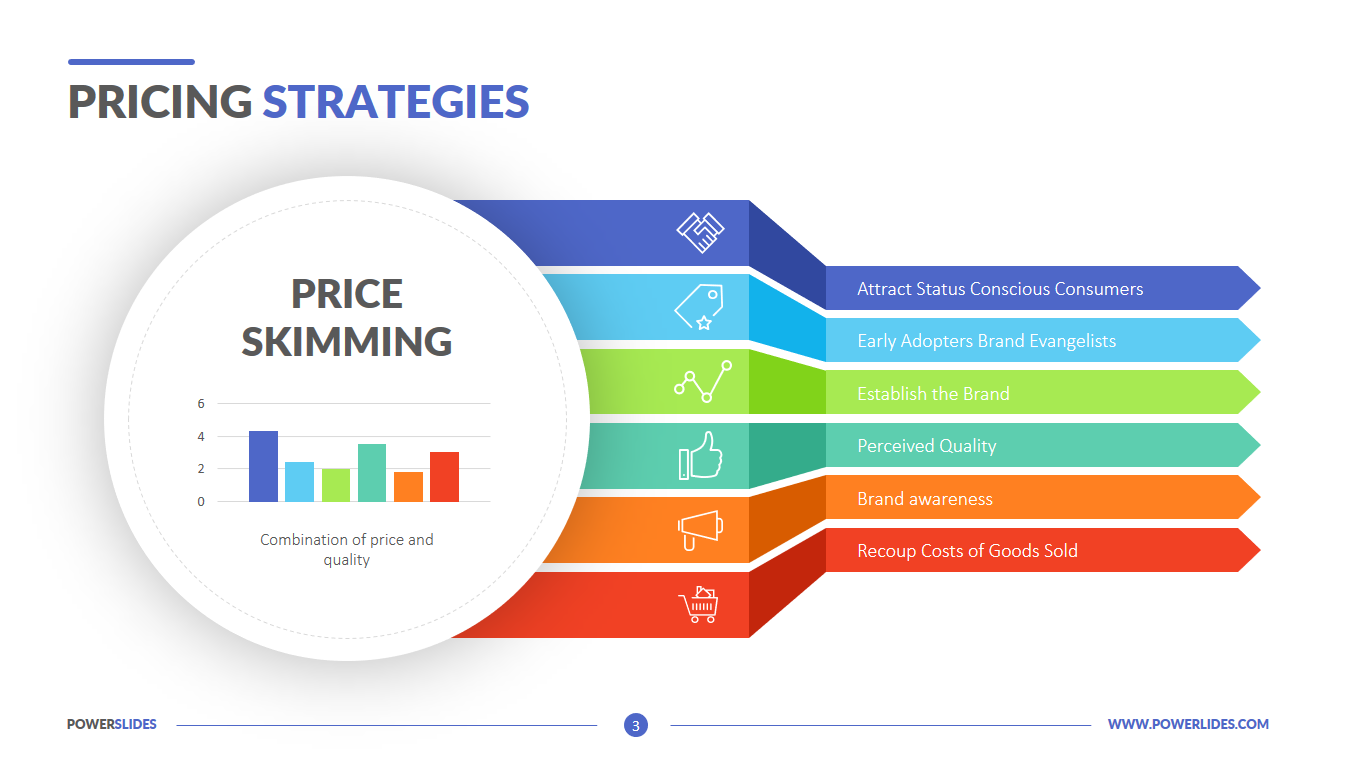The Role of Competitive Evaluation fit Your Pricing Strategy
The Role of Competitive Evaluation fit Your Pricing Strategy
Blog Article

Master Effective Pricing Techniques to Optimize Profit
In the ever-evolving landscape of commerce, mastering reliable pricing methods is essential for companies intending to maximize profit. A nuanced understanding of rates psychology can dramatically influence consumer habits and acquiring choices.
Comprehending Prices Psychology
Recognizing pricing psychology is critical for organizations aiming to maximize their rates approaches. This field takes a look at just how consumers regard rates and exactly how these perceptions affect their acquiring choices. Secret concepts in pricing psychology consist of the anchoring effect, where the preliminary price provided functions as a recommendation point for customers, and the concept of cost sensitivity, which varies among various consumer sectors.
Additionally, companies can take advantage of the concept of regarded value, where the viewed advantages of a service or product can warrant a higher rate factor. Costs pricing can produce a mood of exclusivity, attracting customers that link greater costs with premium quality. On the other hand, mental pricing, such as establishing a price at $9.99 rather than $10, can dramatically influence customer habits by making rates appear a lot more attractive.
Furthermore, shortage and seriousness can enhance the viewed value of products, triggering quicker acquiring decisions. Understanding these emotional triggers makes it possible for businesses to formulate pricing strategies that not only drive sales but likewise foster client loyalty. Thus, mastering pricing psychology is vital for efficient pricing approach formula, bring about improved profitability and market positioning.
Implementing Value-Based Prices

Next, segment your customers based on their determination to pay and the worth they view. By doing so, you can customize offerings and prices strategies to straighten with different sectors.
Continually keep track of market problems and client responses to refine your pricing strategy over time. By carrying out value-based prices, businesses can boost profitability while fostering lasting customer commitment.
Exploring Dynamic Rates Versions
In today's rapidly changing market landscape, dynamic prices designs have emerged as an effective approach for companies seeking to optimize income and react to changes popular. These versions allow companies to change their costs in real-time based on different aspects such as consumer habits, market trends, and stock levels. By leveraging data analytics and formulas, organizations can recognize ideal rates points that maximize sales while continuing to be competitive.
Dynamic prices can take different kinds, consisting of time-based rates, where prices rise and fall based upon time of day or season, and demand-based prices, which adjusts rates according to existing consumer need. This versatility not only enhances profitability but additionally enhances consumer fulfillment by offering costs that mirror real-time market conditions.
Executing dynamic rates requires a durable technological infrastructure and a deep official statement understanding of customer sections. Clear interaction about pricing adjustments can help reduce customer discontentment and foster trust fund, ultimately leading to continual success in a competitive industry.
Analyzing Rival Prices
Checking competitor prices is necessary for companies aiming to preserve an one-upmanship in their respective markets. By examining competitors' rates techniques, firms can recognize market patterns, understand customer preferences, and change their pricing appropriately. This analysis entails gathering data on rivals' prices, marketing methods, and product offerings to educate prices choices.
To effectively assess competitor prices, businesses should make use of different devices and methods, such as price monitoring software application, marketing research reports, and client feedback. This data can reveal exactly how competitors place their product or services, permitting companies to separate their offerings or adopt comparable strategies to remain appropriate.
In addition, it is critical to categorize rivals into indirect and direct competitors. Direct competitors offer comparable product and services, while indirect rivals may meet the same customer demand with different options. Recognizing the subtleties between these groups will make it possible for businesses to customize their pricing techniques better.
Ultimately, ongoing competitor pricing evaluation is essential for making informed rates choices. It allows services to stay agile in response to market shifts, guaranteeing they can confiscate possibilities and mitigate risks related to prices methods.
Assessing Prices Efficiency
Understanding how competitor pricing influences market navigate to this website characteristics causes a natural focus on assessing prices efficiency within one's very own service. This analysis is important for recognizing locations of stamina and chances for enhancement, eventually boosting profitability.

Additionally, carrying out normal prices audits can disclose inconsistencies in between expected and actual performance. This includes contrasting prices data throughout various sections and networks to comprehend variations and identify patterns. Integrating consumer responses can check my blog provide understandings into viewed worth versus actual prices, making certain alignment with market expectations.
Last but not least, leveraging data analytics tools can assist in deeper insights into pricing performance, allowing organizations to make data-driven adjustments (Pricing Strategy). By continually assessing rates efficiency, companies can adjust to market changes and enhance their methods, guaranteeing sustained earnings in an affordable landscape
Verdict
By leveraging prices psychology, companies can boost regarded worth and dressmaker pricing to varied client sectors. The fostering of vibrant and value-based pricing designs facilitates real-time modifications based on demand and client readiness to pay.
Comprehending rates psychology is essential for organizations aiming to maximize their rates methods. Understanding these mental triggers allows companies to develop rates techniques that not only drive sales however additionally foster consumer commitment. Therefore, understanding rates psychology is essential for efficient rates technique formulation, leading to improved profitability and market positioning.
By examining rivals' rates approaches, firms can recognize market trends, recognize consumer preferences, and readjust their pricing appropriately. By leveraging prices psychology, services can improve regarded value and dressmaker rates to diverse customer sectors.
Report this page